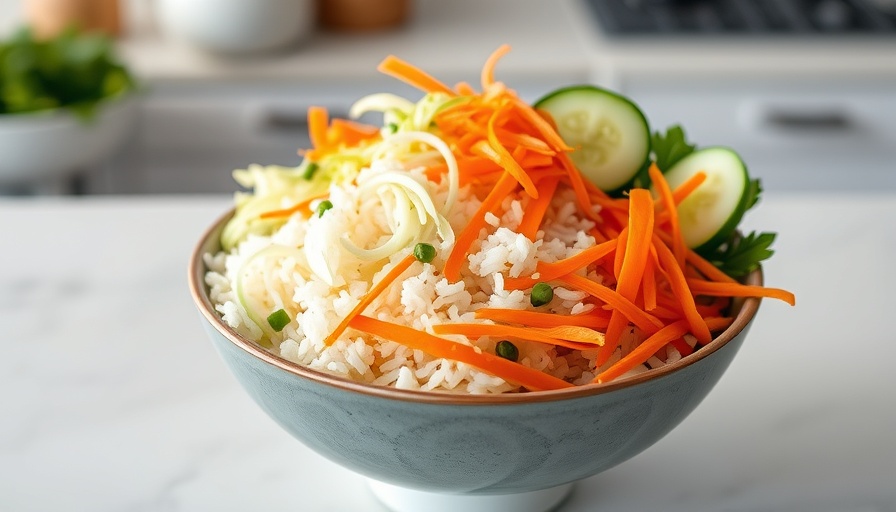
Uncover the Secrets to Aging Gracefully Through Nutrition
The quest for eternal youth is not new, yet nutritional science reveals profound insights that can help mitigate the aging process. Dr. Eric De Maerteleire, a bio-engineer specializing in nutrition and health, argues that while there isn't a magic potion for youth, proper dietary choices can significantly influence how we age. Central to this idea is the mantra: the more color on your plate, the better your health outcomes.
The Role of Diet in Aging
Research shows that what we eat is one of the significant factors affecting how we age. Diets high in refined sugars, unhealthy fats, and processed foods can accelerate aging by fostering inflammation in the body. Dr. De Maerteleire emphasizes that reducing caloric intake can lead to numerous health benefits, including improved weight management, a sharper immune system, and a reduced risk of chronic diseases.
Embracing Mediterranean Diet Principles
The Mediterranean diet garners considerable attention when discussing healthy aging. Rooted in the culinary traditions of countries like Spain, Italy, and Greece, this diet is rich in fruits, vegetables, legumes, and healthy fats such as olive oil. Its consumption of natural antioxidants and fiber helps combat aging at the cellular level, promoting longevity. Okinawa's traditional diet, similarly rich in plant-based foods, has shown to contribute to the remarkable longevity of its residents.
Understanding the 'Superbowl' Concept in Nutrition
Dr. De Maerteleire introduces the idea of a 'superbowl' of nutrition, which includes a diverse array of colors on your plate. This visual and culinary diversity not only enhances the appeal of meals but also maximizes the intake of necessary nutrients and antioxidants essential for cellular repair and rejuvenation. Recommendations suggest incorporating at least 300 grams of vegetables and 250 grams of fruit daily—in fact, even exceeding these recommendations can yield additional health benefits.
Beyond Superfoods: The Bigger Picture
While the health market is rife with 'superfoods'—like matcha, acai berries, and spelt—the reality is that no single item holds the key to good health. Instead, the focus should be on an overall healthy and varied diet. The European Union has even banned labeling foods as 'superfoods' to prevent misleading health claims.
The Impact of Portion Control on Longevity
Studies indicate that calorie restriction can extend lifespan. Eating less than your body requires can sharpen your immune system and reduce risks associated with age-related diseases. Understanding the balance in our diet, therefore, becomes essential—not only is what you eat important, but so is how much you consume.
Actionable Steps for Healthier Eating
Implementing these dietary insights means committing to a lifestyle change. Start by incorporating more colorful fruits and vegetables into your meals, experimenting with herbs and spices, and practicing moderation in portion sizes. By feeding your body nutrient-dense foods and reducing empty calories, you can take significant steps toward healthy aging.
Integrating these dietary principles into everyday life is a journey worth taking. Health is not merely the absence of disease but an active pursuit of wellness that begins on your plate.
 Rij toevoegen
Rij toevoegen






Write A Comment